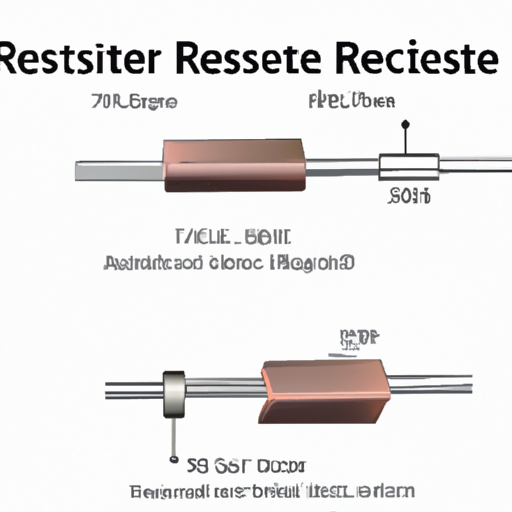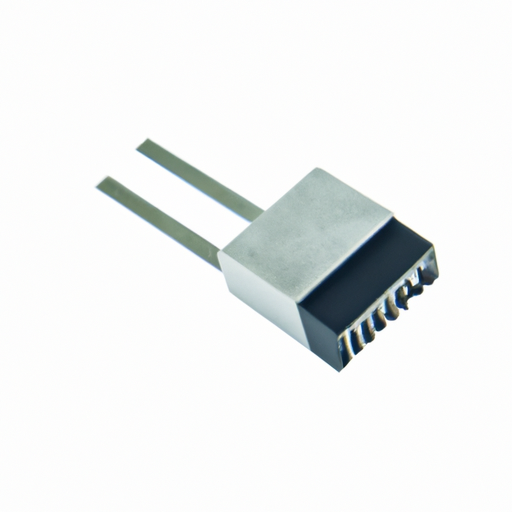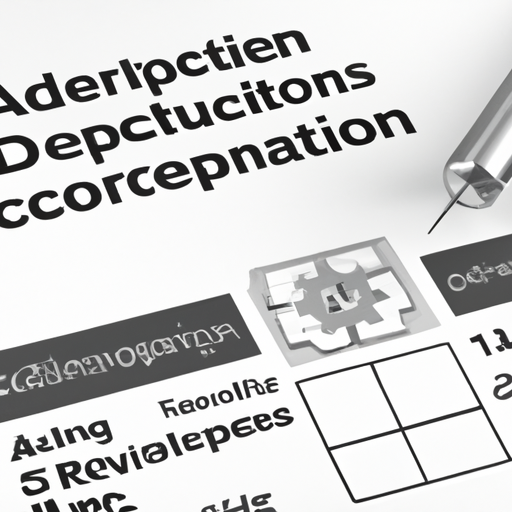How does a strip resistor work?
How Does a Strip Resistor Work?
I. Introduction
In the world of electronics, resistors play a crucial role in controlling the flow of electric current. Among the various types of resistors, strip resistors stand out due to their unique construction and functionality. This article aims to explore the workings of strip resistors, their construction, advantages, limitations, and applications, providing a comprehensive understanding of their significance in modern electronics.
II. Understanding Resistors
A. Basic Principles of Resistance
At the heart of every resistor is the principle of resistance, which is defined as the opposition to the flow of electric current. This relationship is governed by Ohm's Law, which states that the current (I) flowing through a conductor between two points is directly proportional to the voltage (V) across the two points and inversely proportional to the resistance (R) of the conductor. Mathematically, this is expressed as:
\[ V = I \times R \]
Resistors come in various types, including fixed, variable, and specialized resistors, each serving different purposes in electronic circuits.
B. Role of Resistors in Circuits
Resistors are essential components in electrical circuits, serving several key functions:
1. **Current Limiting**: Resistors can limit the amount of current flowing through a circuit, protecting sensitive components from damage.
2. **Voltage Division**: They can divide voltage in a circuit, allowing for the appropriate voltage levels to be supplied to different components.
3. **Signal Conditioning**: Resistors are used in signal processing to filter and shape electrical signals, ensuring optimal performance of electronic devices.
III. What is a Strip Resistor?
A. Definition and Characteristics
A strip resistor is a type of resistor characterized by its flat, elongated shape, typically made from a resistive material deposited onto a substrate. This design allows for a high power rating and excellent thermal management, making strip resistors suitable for various applications.
B. Comparison with Other Types of Resistors
Strip resistors can be compared to other common resistor types:
1. **Wirewound Resistors**: These resistors are made by winding a wire around a core. While they can handle high power, they are bulkier than strip resistors.
2. **Carbon Film Resistors**: Made from a carbon film, these resistors are less expensive but have lower power ratings compared to strip resistors.
3. **Metal Film Resistors**: Known for their precision, metal film resistors are more stable than carbon film resistors but may not handle as much power as strip resistors.
C. Common Applications of Strip Resistors
Strip resistors are widely used in applications requiring high power handling and precision, such as in power electronics, automotive systems, and various consumer electronics.
IV. Construction of Strip Resistors
A. Materials Used
The construction of strip resistors involves two main types of materials:
1. **Substrate Materials**: Common substrates include ceramic, glass, or polymer materials that provide mechanical support and thermal stability.
2. **Resistive Materials**: The resistive element is typically made from metal oxides or thin films of conductive materials, which determine the resistor's resistance value.
B. Manufacturing Process
The manufacturing of strip resistors involves several key processes:
1. **Deposition Techniques**: Resistive materials are deposited onto the substrate using techniques such as sputtering or chemical vapor deposition.
2. **Etching and Patterning**: After deposition, the resistive layer is etched to create the desired resistance value and shape.
C. Design Variations
Strip resistors come in various designs, including:
1. **Surface Mount vs. Through-Hole**: Surface mount strip resistors are designed for mounting directly onto the surface of a circuit board, while through-hole resistors are inserted into holes in the board.
2. **Power Ratings and Sizes**: Strip resistors are available in different power ratings and sizes, allowing for flexibility in design and application.
V. How Strip Resistors Work
A. The Principle of Operation
The operation of strip resistors is based on the principles of resistance and heat generation. When current flows through the resistor, it encounters resistance, resulting in a voltage drop across the resistor and the generation of heat. The relationship between current, voltage, and resistance is governed by Ohm's Law.
B. Thermal Management
Effective thermal management is crucial for the performance of strip resistors. As they generate heat, it is essential to dissipate this heat to prevent damage and ensure reliable operation. Common heat dissipation methods include:
1. **Heat Sinks**: These are used to absorb and dissipate heat away from the resistor.
2. **Thermal Pads**: These materials enhance thermal conductivity between the resistor and the circuit board.
C. Tolerance and Precision
Tolerance refers to the allowable variation in resistance value, which is critical in many applications. Precision strip resistors are designed to have tight tolerances, ensuring consistent performance in sensitive electronic circuits.
VI. Advantages of Strip Resistors
Strip resistors offer several advantages:
1. **Compact Size and Lightweight**: Their flat design allows for space-saving in circuit layouts.
2. **High Power Handling Capabilities**: Strip resistors can handle significant power levels, making them suitable for demanding applications.
3. **Versatility in Applications**: They can be used in a wide range of electronic devices, from industrial equipment to consumer electronics.
4. **Cost-Effectiveness**: Compared to other high-power resistors, strip resistors are often more affordable, making them an attractive option for manufacturers.
VII. Limitations of Strip Resistors
Despite their advantages, strip resistors have some limitations:
1. **Temperature Sensitivity**: Their performance can be affected by temperature changes, which may lead to variations in resistance.
2. **Limited Resistance Range**: Strip resistors may not be available in as wide a range of resistance values as other types of resistors.
3. **Potential for Thermal Runaway**: If not properly managed, excessive heat generation can lead to thermal runaway, where the resistor fails due to overheating.
VIII. Applications of Strip Resistors
A. Industrial Applications
Strip resistors are commonly used in industrial settings, including:
1. **Power Electronics**: They are essential in power supply circuits, motor drives, and other high-power applications.
2. **Automotive Systems**: Strip resistors are used in various automotive electronics, including control systems and power management.
B. Consumer Electronics
In consumer electronics, strip resistors find applications in:
1. **Audio Equipment**: They are used in amplifiers and equalizers to manage signal levels.
2. **Home Appliances**: Strip resistors are found in devices such as washing machines and microwaves, where precise control of electrical currents is necessary.
C. Research and Development
In research and development, strip resistors are valuable for:
1. **Prototyping**: Engineers use strip resistors in prototype circuits to test designs and functionalities.
2. **Testing and Measurement**: They are employed in testing setups to ensure accurate measurements of electrical parameters.
IX. Future Trends in Strip Resistor Technology
A. Innovations in Materials and Manufacturing
The future of strip resistors lies in advancements in materials and manufacturing processes, leading to improved performance and reliability.
B. Integration with Smart Technologies
As electronics become smarter, strip resistors may be integrated into smart devices, enhancing their functionality and efficiency.
C. Environmental Considerations and Sustainability
With growing concerns about environmental impact, the development of eco-friendly materials and manufacturing processes for strip resistors is becoming increasingly important.
X. Conclusion
In summary, strip resistors are vital components in modern electronics, offering unique advantages in terms of size, power handling, and versatility. Understanding their construction, operation, and applications is essential for anyone involved in electrical engineering or electronics design. As technology continues to evolve, strip resistors will undoubtedly play a significant role in shaping the future of electronic devices. For those interested in delving deeper into the world of resistive components, further exploration and study are encouraged.
XI. References
For further reading and resources on strip resistors and related topics, consider exploring the following:
1. "Electronic Components: A Complete Reference for Engineers and Technicians" by John Doe.
2. Industry standards from the Institute of Electrical and Electronics Engineers (IEEE).
3. Manufacturer datasheets and application notes for specific strip resistor products.






